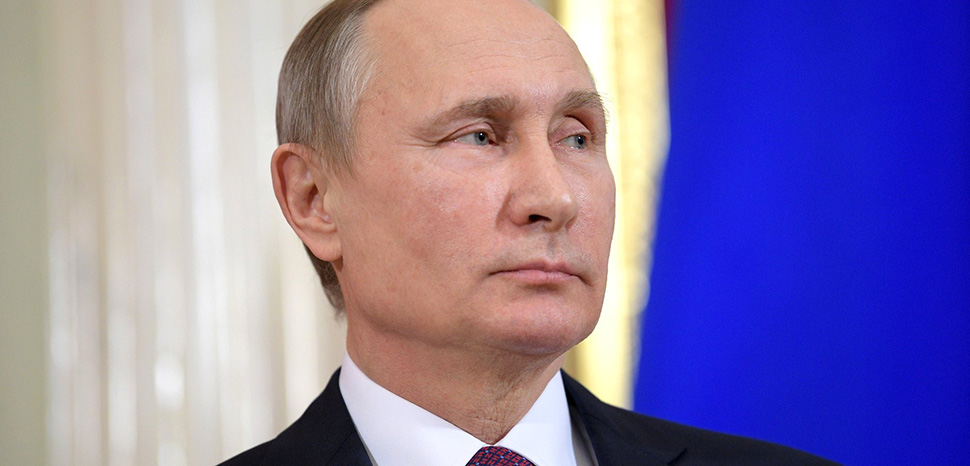Karolina Hird, Christina Harward, Angelica Evans, Nicole Wolkov, and Mason Clark
Russia's domestic production of artillery shells, supplemented by increased ammunition imports from North Korea, will likely allow Russian forces to sustain sufficient rates of artillery fire in Ukraine in 2024, albeit at a relatively lower level than during 2022. Estonian Defense Forces Intelligence Center Head Colonel Ants Kiviselg stated on October 20 that Russia still has around four million artillery shells remaining, which Russian forces can use for "low intensity" warfare for an additional year.[1] Kiviselg noted that there are reports that North Korea has shipped up to 1,000 containers of ammunition to Russia, each containing between 300-500 pieces of artillery ammunition.[2] Kiviselg estimated that North Korea may have therefore provided between 300,000-500,000 pieces of ammunition to Russia, which can last up to one month at the current daily rate of consumption of around 10,000 shells a day.[3] Ukrainian military analyst Colonel Petro Chernyk reported on October 23 that Russian forces are currently firing between 10,000-15,000 shells a day, significantly lower than rates of fire in summer 2022 of 45,000-80,000 shells per day.[4] However, Western sources and satellite imagery have confirmed that North Korean deliveries, likely mostly comprised of artillery shells, have drastically increased since Russian and North Korean authorities likely began more official military-technical cooperation in September, as ISW previously reported, and North Korea is likely to provide further deliveries.[5] Based on Western estimates of Russian artillery production capacity and continued North Korean artillery exports, Russia will likely be able to maintain generally sufficient rates of fire in the foreseeable future. While an overall decrease in Russian fire rates could impede the ability of Russian forces to conduct large scale offensive operations, Russian forces are unlikely to face widespread shortages which would chronically undermine defensive operations, and the drop in the rate of fire will not inherently provide Ukrainian forces an advantage. The degree to which Ukraine’s international partners sustain Ukraine’s ability to sustain an effective weight of fire relative to Russian forces will be a key determiner of respective capabilities in 2024.
Russian forces conducted another series of missile and drone strikes against Ukraine on the night of October 22 to 23. The Ukrainian Air Force reported that Russian forces launched 13 Shahed-131/136 drones, one unspecified drone, and one Kh-59 cruise missile and that Ukrainian forces destroyed all targets.[6]
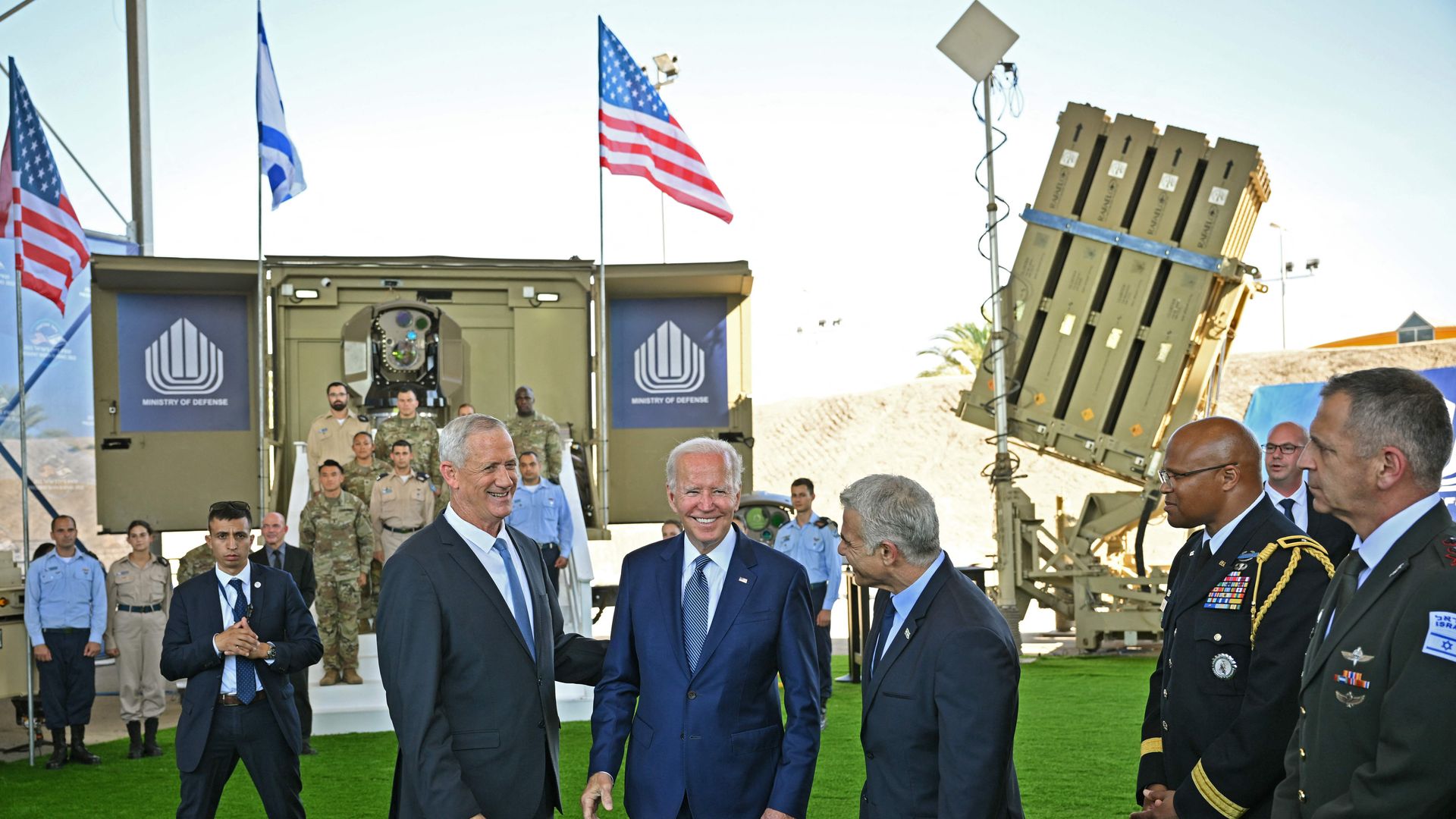


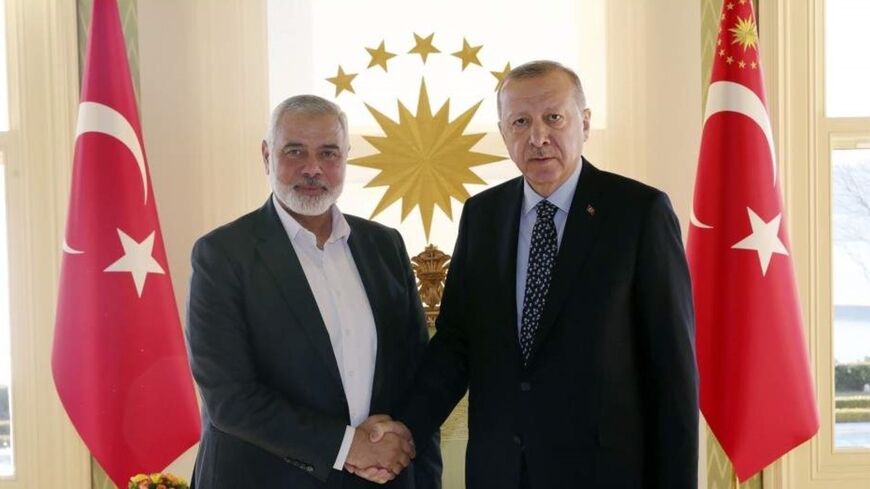




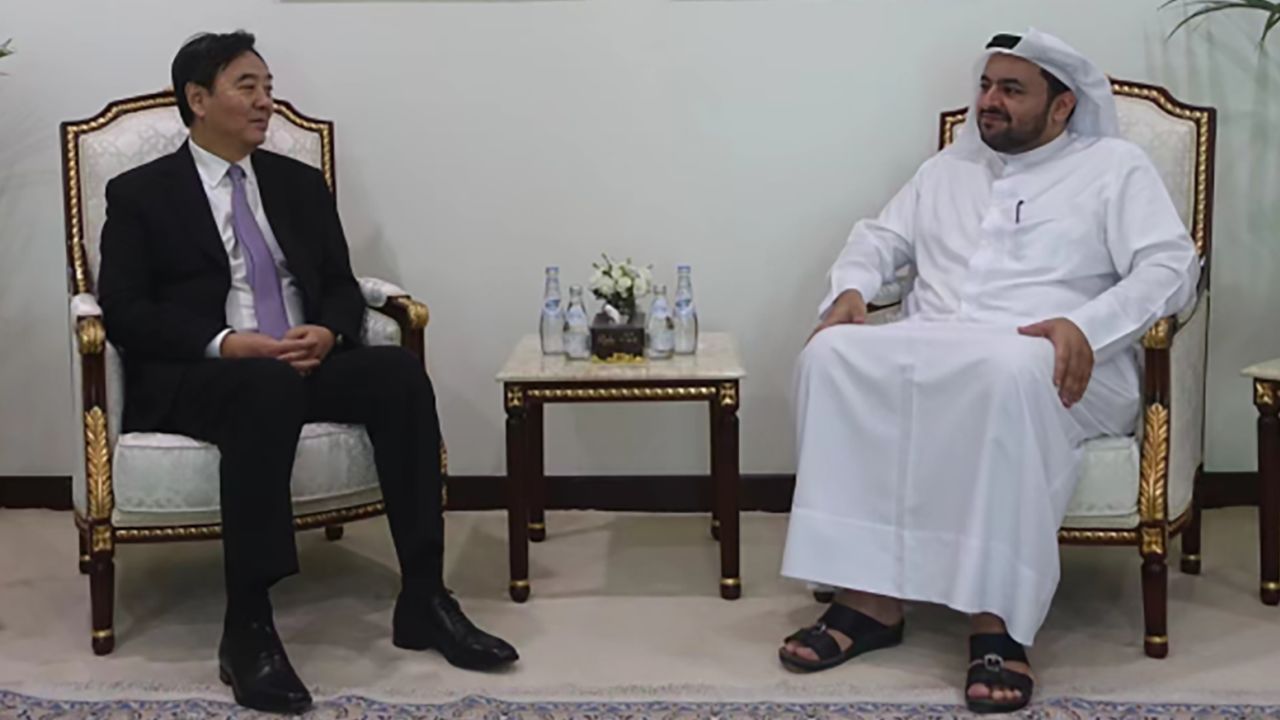
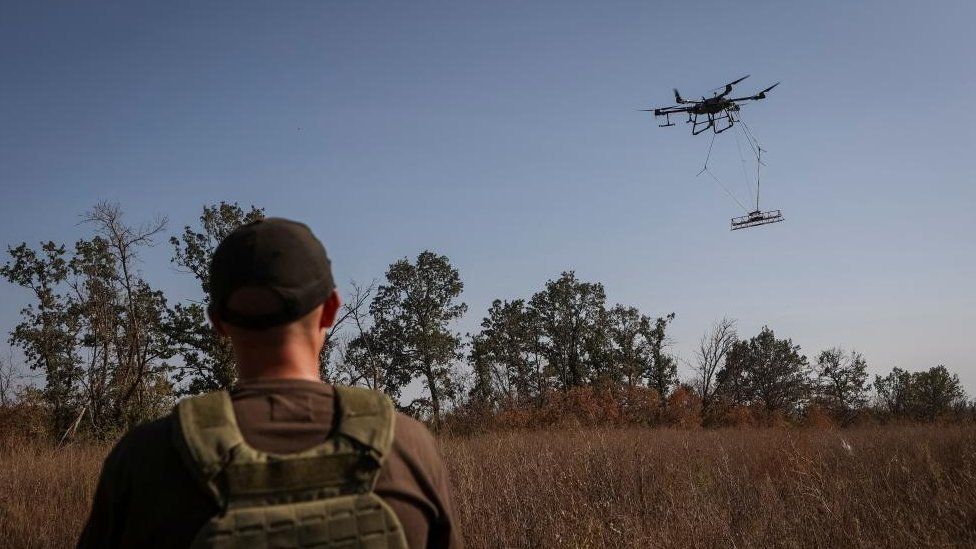
:quality(70)/cloudfront-us-east-1.images.arcpublishing.com/archetype/JXOBBCKK7VGQ3AUVXB2BDFMXTE.jpg)

